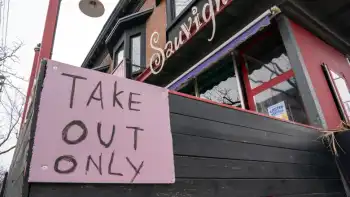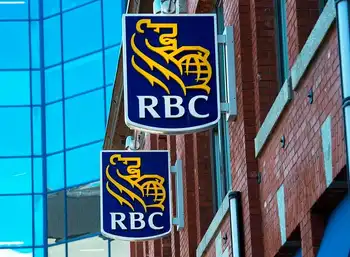India aims for 20,000 nuclear megawatts by 2020
By Industrial Info Resources
Protective Relay Training - Basic
Our customized live online or in‑person group training can be delivered to your staff at your location.

- Live Online
- 12 hours Instructor-led
- Group Training Available
The prototype FBR is currently in an advanced stage of construction, having recently received a $5 million, 140-ton stainless steel safety vessel that was developed at the site by engineering major Larsen & Toubro. The FBR is expected to attain criticality, the initiation of the first chain reaction to start the reactor, by September 2010.
India will build four 500-MW FBRs before taking up construction of the 1,000-MW FBRs that are expected to become the mainstay of nuclear power in the country from 2020. Two 500-MW FBRs will be constructed in Kalpakkam, and the other two will be situated elsewhere, although a location has yet to be decided.
Research and development are under way at the Indira Gandhi Centre for Atomic Research (Kalpakkam) to develop an improved set of FBRs that will use metallic fuel instead of oxide fuel. This is expected to reduce the doubling time of the reactor, an important parameter that will determine the growth of India's nuclear power generation capacity through FBRs.
An FBR uses plutonium as input material, which, during the process of chain reaction, multiplies at a rate faster than the rate of consumption. The additional plutonium generated serves as an additional source of fuel for the reactor itself and also builds up an inventory that can support another FBR. This duration is referred to as the doubling time.
Efforts are on to reduce the doubling time from a period of 25 to 30 years to only 10 to 12 years through the use of metallic fuel.
FBRs generate clean electricity through the use of small quantities of plutonium, which are retrieved from the spent uranium fuel that is used by the existing pressurized heavy water reactors (PHWRs). PHWRs are the workhorses of India's nuclear power program. These reactors consume uranium in copious amounts.
Exploitable uranium reserves in India are capable of generating only 10,000 MW to 12,000 MW through PHWRs.
With the controversial Indo-U.S. Civil Nuclear Cooperation Agreement still in a state of temporary suspension and mired in political conundrums, India is grappling with a severe scarcity of uranium, causing the existing reactors to operate only at 30% to 40% of their total capacity.
The Department of Atomic Energy is making efforts to accelerate the FBR program in the face of limited availability of high-grade uranium, import restrictions and limitations on opening new mines, which stymie the efficacy of PHWRs. The Indira Gandhi Centre is setting up a facility to fabricate, reprocess and refabricate metallic fuel for the proposed FBRs, which should to come into operation by 2014.
As of May 2008, the country's 4,120 MW of installed nuclear power capacity, generated by 17 reactors, accounts for only 2.9% of India's total installed capacity of 144,565 MW. The Department of Atomic Energy has set a target of developing an installed capacity of 20,000 MW of nuclear power by 2020.
PHWRs are expected to account for 50% of the total installed nuclear power capacity at that time. India's nuclear capacity is currently made up of the two imported 160-MW boiling light water reactors built by General Electric in the 1960s in Tarapur, Maharashtra; the two PHWRs with a combined capacity of 300 MW built with Canadian assistance in the 1970s in Rawatbhata, Rajasthan; and 11 220-MW PHWRs and two 540-MW PHWRs that were locally developed.
There are five projects in progress, including the two light water reactors being developed with assistance from Russia in Kudankulam, Tamil Nadu, and three 220-MW locally developed PHWRs. There are plans to set up at least eight 700-MW PHWRs.
Pre-project activities for the proposed FBRs are in progress and are expected to be concluded by 2011. The procurement of raw material is also expected to commence soon.
The Indira Gandhi Centre has drawn up a road map for cost reduction through several measures that include lower construction time, higher burnup, higher load factor, design of enhanced life span of up to 60 years, and twin unit design. The prototype FBR will use 100,000 MW per ton per day whereas the four proposed 500-MW units will have a reduced fuel consumption of only 20,000 MW per ton per day.
The unit cost of electricity generated by the prototype FBR is likely to be US 8 cents, but a significant reduction in cost up to nearly 50% is expected to be attained through economies of scale. The capacity factor of the new FBRs is also expected to be higher.
The Indira Gandhi Centre is confident that with the experience and expertise gained over a period of time, it will be able to undertake the construction of all four 500-MW reactors simultaneously.











